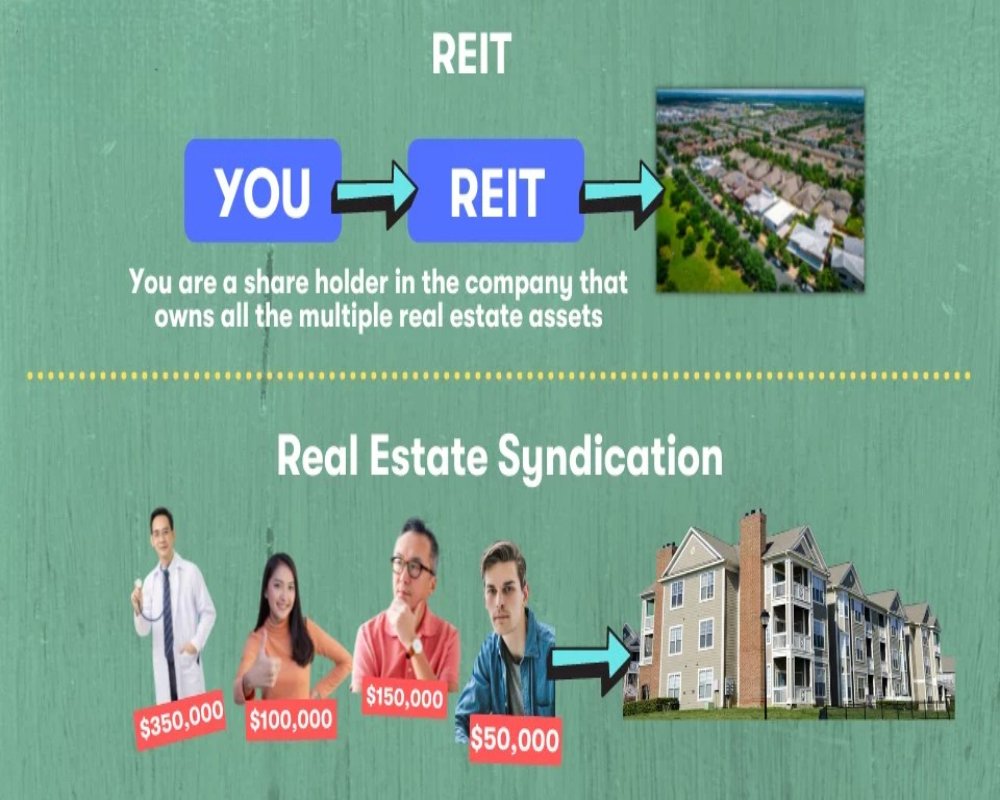Raw or Unentitled Land
These assets are usually held the longest due to entitlement risk and value realization timelines
- Typical hold period ranges from 5 to 10 years, especially in land banking strategies
- Requires zoning changes, infrastructure planning, or long-term market positioning
- Often acquired with speculative growth or public infrastructure alignment in mind
- Syndications may use low-leverage structures to accommodate slow appreciation
Entitled or Pre-Development Land
Land with zoning approvals or development rights is held mid-term for monetization or resale
- Hold periods typically range from 3 to 7 years depending on market conditions
- Time needed to finalize design, secure permits, or identify a vertical development partner
- REITs or syndicates may sell post-entitlement to builders or initiate vertical construction
- Value is unlocked through the risk-reduction process, not long-term operation
Pad-Ready or Shovel-Ready Land
Sites that are fully improved and ready for vertical development have the shortest hold durations
- Hold period often ranges from 1 to 3 years, depending on leasing or build-to-suit timeline
- Investors may exit at land sale, during construction, or upon stabilization of the project
- Ideal for merchant build strategies, pre-leased deals, or ground lease exit models
- REITs may prefer to build and hold while syndications favor fast exit and return recycling
Strategic Factors That Influence Holding Period
Sponsor strategy, investor expectations, and market timing drive the real estate lifecycle
- Opportunistic funds target short to mid-term holds for high IRR realization
- Core or core-plus REITs may convert land into income-producing assets and hold indefinitely
- Rising interest rates or entitlement delays can lengthen holding periods
- Capital stack structure (e.g., preferred equity, debt covenants) may impose timing constraints




